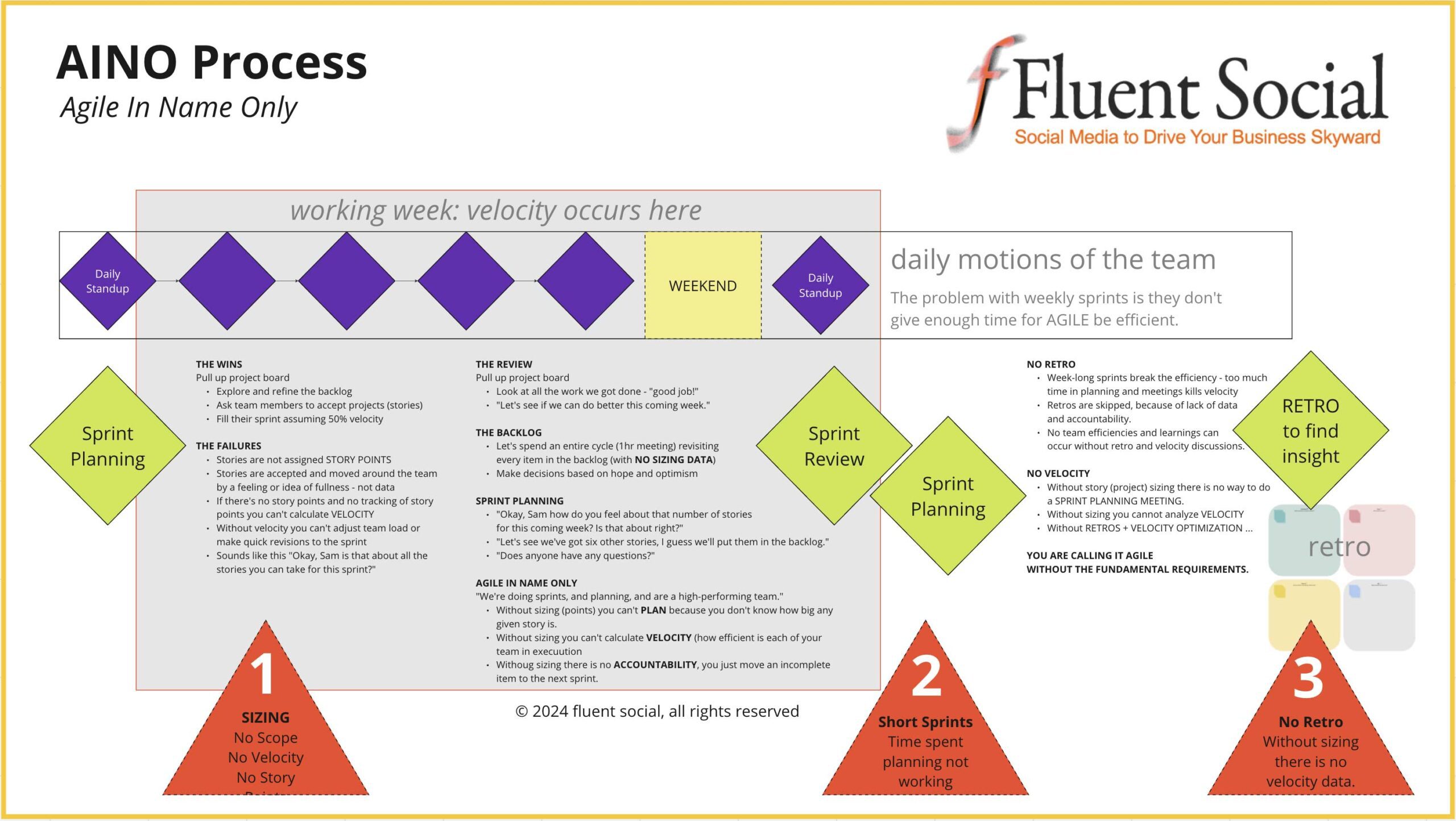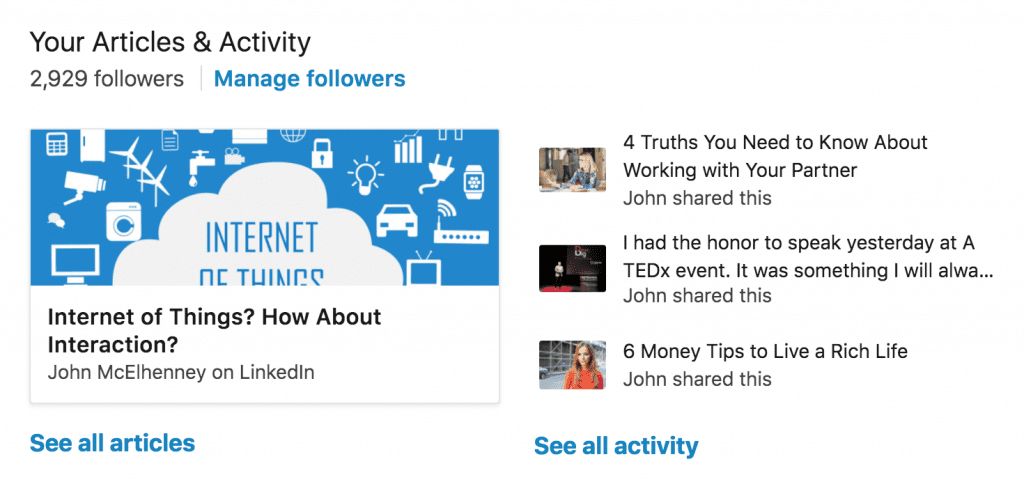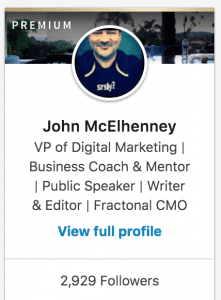DEMAND > CONVERSION > SOCIAL
So much is written about digital marketing that it is easy to get confused on where to put your attention. Changes in Google’s search algorithm, or the new hot social network, all obscure some of the basic blocking and tackling that might be more relevant to your digital marketing numbers. Rather than, “Is Pinterest or Instagram vital for my business?” maybe you should be asking, “Are my landing pages converting into sales?”
Let’s see if we can string together to proverbial LOW-HANGING FRUIT for your digital marketing efforts.
In order of importance to your digital marketing success, here are the three channels for driving demand to your business website.

INBOUND TRAFFIC/DEMAND GENERATION
Get it? Email, Search, Social. And while social is gaining in effectiveness year-over-year, you can see that we are still a long way from supplanting search and and insurmountable distance from Email marketing. So after seeing that, how’s your email list?
Today email is still the big story. Get your email system in order or pay a lot more money for your inbound efforts. And guess what’s happening in pure search marketing as well? Your social activity is now influencing your search rank. This affects where you show up in Google and how much you are paying for your AdWords campaigns. The writing is on the wall, social media and mentions are a better indicator of “page value” than all the SEO terms, metatags, and H1-tags you can load on your page. [see the New SEO Page Rank Report – Uber.la]
When you look at your search marketing you’ve got to look at your social footprint today. The highest factors in your new Google Page Rank metrics are going to be social media. Shares, Likes, Plusses, all count towards your mythical page rank. If you’re not on Facebook yet, you might consider it. 5 factors in your new page rank, according to the Searchmetrics report, are related to Facebook “signals.”
CONVERSION METRICS/ANALYTICS
So how many leads does your site generate per day? Do you know? And of those “potential” contacts from customers, how many are actionable? Do you know where the prospect found your site? Do you have multiple ways for them to “ask for more information?” Do you have content and ideas to share with them? Can you make your site a destination for content about your industry, or technical expertise?
All that we do in demand generation, driving new visitors to your website, has very little affect if your pages are static, brochure-ware, with a “contact us” page. Today you’ve got to work much harder to attract and convert your potential customers.
SEO FACT #1: LANDING PAGE OR DIE: If you are driving customers to your home page from your AdWords campaigns you need some serious help. If your AdWords agency is driving visitors to your home page, fire them immediately. The landing page is the #1 factor in converting your inbound traffic to actionable leads. If you are dumping them on your homepage, it better be a spectacular home page with one “BUY NOW” button in the center. Well, you tell me… How is it working? Are you converting leads from your website?
SEO FACT #2: TESTING IS CHEAP, FAILURE IS EXPENSIVE: Testing langing pages, email subject lines, CTAs (calls to action) is easy. If you are not continuously testing, please figure this out. With the rapid changes in the market place and the hyper-quick news system, you need to be testing new ideas, new landing pages, new content topics, all the time. You need a simple process for testing ideas, measuring their effectiveness. You then multiply the winners and subtract the losers. If you are not constantly testing everything, you are losing the guerrilla ground war of digital marketing.
SOCIAL MEDIA IS PART OF THE SOLUTION
By itself your Twitter account or Facebook page will not do much to convert prospective buyers into clients. If your site sucks, your social efforts are going to be ineffective at moving the needle of sales and leads. However, once you have dialed in the basics of your website, and after you’ve begun testing and optimizing on a weekly basis, you can ratchet up your social programs to build the demand and awareness of your page.

Okay, a few of these are obvious. Your click-through rate has the highest impact on your Google rank. No mystery there, as Google tunes search results to match user success. But the big ah-has for me were all the FACEBOOK factors. (Shares, Total, Comments, Likes) And of the top 15 influencers 7, nearly half, are social media. Still think Facebook doesn’t matter any more? And look at #2, Google+. It’s also no mystery today, that the Hummingbird update began to bring Google+ shares up in the mix of Google influence. [from uber.la SEO Ranking Report]
So let’s break it down into the basic DNA building blocks.
1. Demand (SEO, PPC, content, email)
2. Conversion (landing page, testing, analytics, reporting)
3. Social (traffic, followers, social mentions, social “signals”)
If you are doing your work in those three areas you are well on your way to building a lead-generating machine. If you need help on any of the steps, let us know, we’d love to support your digital marketing program in any way we can.
Sources:


























